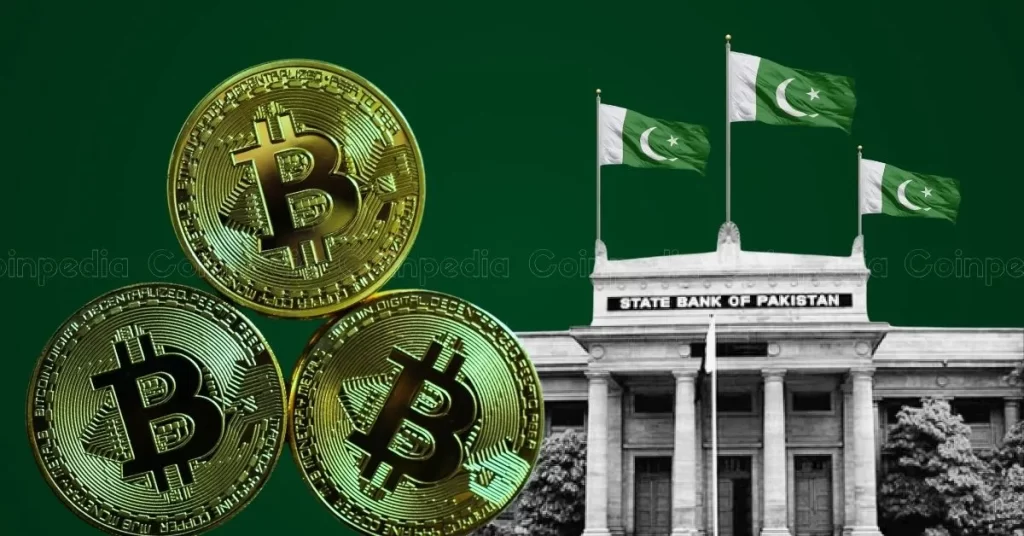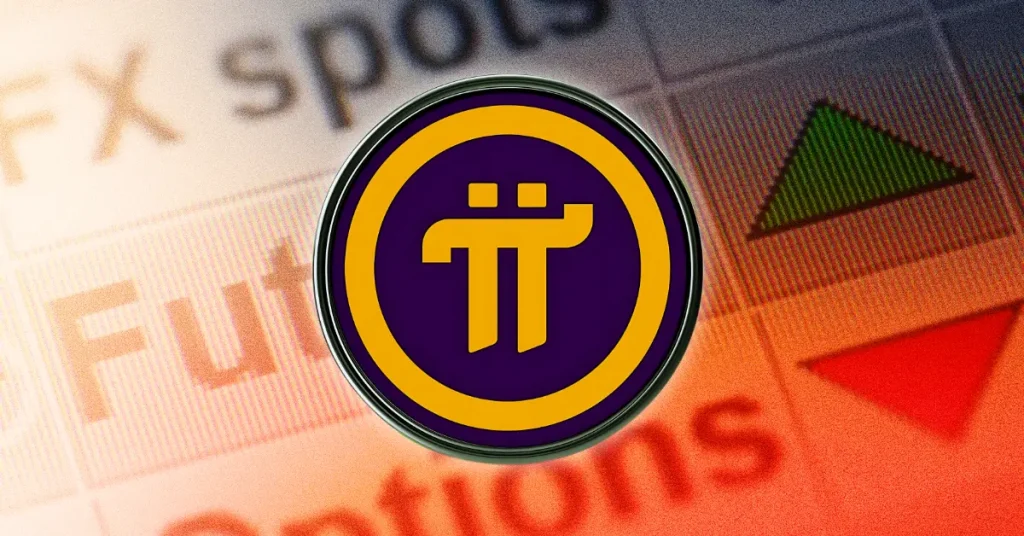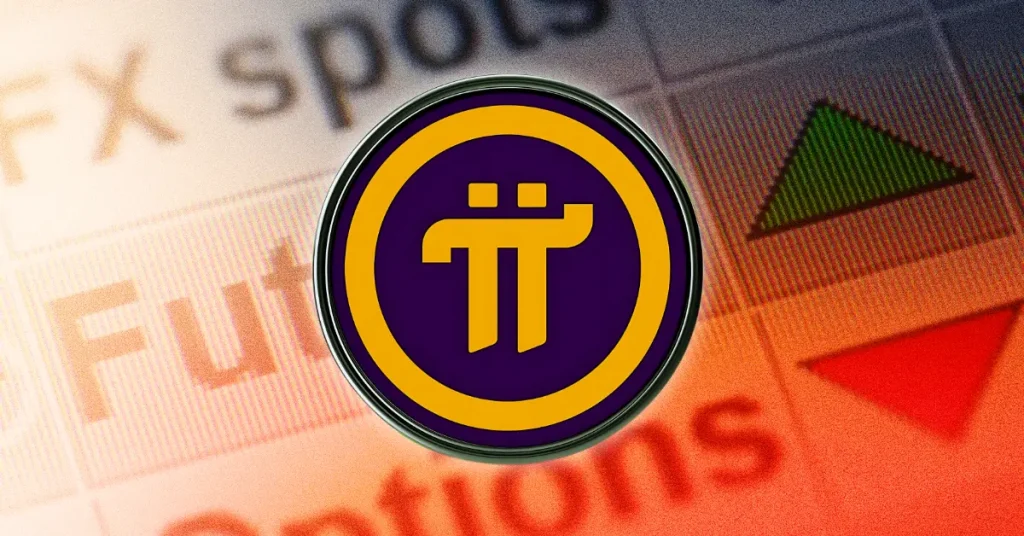
The post Pakistan Launches Digital Asset Authority to Regulate Crypto, Targeting $25B Market appeared first on Coinpedia Fintech News
Pakistan is officially stepping into the world of digital finance. The government has just launched the Pakistan Digital Assets Authority (PDAA), a new body that will manage and regulate Bitcoin and other digital assets across the country.
This move comes at a time when Pakistan’s unofficial crypto market is estimated to be worth around $25 billion.
Pakistan Launches PDAA To Regulate Digital Assets
On Wednesday, Pakistan’s Ministry of Finance announced the official launch of the PDAA, a dedicated body to regulate all things related to digital assets. This includes Bitcoin, stablecoins, tokenized assets, wallets, and even decentralized finance (DeFi) tools.
According to the Ministry of Finance, the PDAA will help build a secure, investor-friendly environment and make Pakistan more attractive to global blockchain firms.
Meanwhile, Finance Minister Muhammad Aurangzeb said the PDAA is not just about regulation. It’s also about creating a strong, forward-thinking system that invites foreign investment, protects users, and encourages Web3 innovation.
What Will the PDAA Do?
Here are some key responsibilities the PDAA will take on:
- Oversee Pakistan’s massive $25B crypto market
- Promote Bitcoin mining using extra, unused energy
- Allow the tokenization of government-owned assets and public debt
- Provide legal ways for investors, both inside and outside Pakistan
- Help grow Web3 startups and digital exports
Global Crypto Partnerships Underway
Another eye-catching move was Pakistan’s recent deal with World Liberty Financial (WLF), a crypto company backed by the Trump family. It recently signed a deal with World Liberty Financial (WLF), a crypto company linked to the Trump family.
The deal was made through the Pakistan Crypto Council, which also brought on Binance founder CZ as an adviser. These partnerships hint at Pakistan’s larger plan to become a serious player in the global crypto space.
New Financial Identity for Pakistan?
With this new framework, Pakistan joins countries like Singapore, Japan, and the UAE, which have already made space for blockchain innovation. The PDAA will operate under FATF-compliant rules to ensure international trust.
Experts believe this could be the beginning of a major shift. As Bilal Bin Saqib from the Pakistan Crypto Council said, “This isn’t just about crypto, it’s about reshaping the future of finance in Pakistan.”
If all goes as planned, Pakistan could soon be South Asia’s next big crypto destination.
The post Pakistan Launches Digital Asset Authority to Regulate Crypto, Targeting $25B Market appeared first on Coinpedia Fintech News
Pakistan is officially stepping into the world of digital finance. The government has just launched the Pakistan Digital Assets Authority (PDAA), a new body that will manage and regulate Bitcoin and other digital assets across the country. This move comes at a time when Pakistan’s unofficial crypto market is estimated to be worth around $25 …





